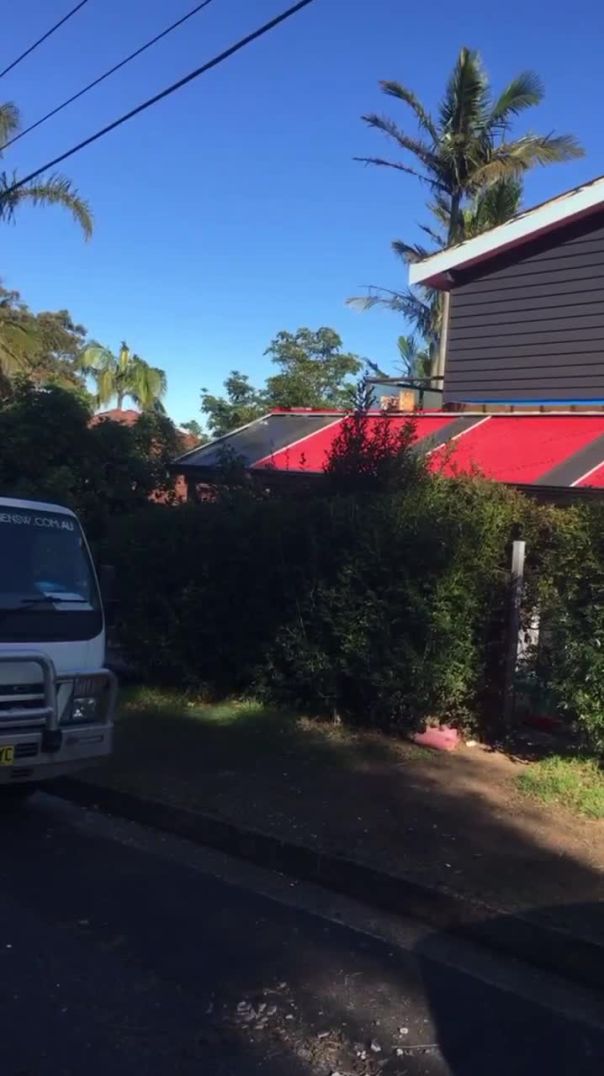386 Views· 15 April 2024
What Happened To Flying Wings?
Watch 'Tip of the Spear: The B-2 Spirit' here: https://nebula.tv/videos/musta....rd-tip-of-the-spear-
Watch More Mustard Videos & Support The Channel: https://nebula.tv/mustard
Support Mustard on Patreon: https://www.patreon.com/MustardChannel
Mustard Store: https://www.teespring.com/stores/mustard-store
Website: https://www.mustardchannel.com/
Twitter: https://twitter.com/MustardVideos
Thanks to Azzecco for producing the incredible XB-35 and YB-49 modes used in this video, visit: https://www.artstation.com/acez3d
At the start of the 1940’s, flying wing aircraft seemed destined to be the next evolution in aircraft design. By eliminating structural components typically found on conventional aircraft, such as engine nacelles, fuselage and tail, parasitic drag would be reduced down to its absolute minimum. The result would be a high-lift, low-drag aircraft with unequaled speed, range and efficiency.
Despite earlier efforts around the world to develop all-wing aircraft designs, arguably no single person was more committed to the concept than pioneering American aircraft designer Jack Northrop. Beginning in the 1920’s Northrop studied the concept, drawing up countless designs for flying wing aircraft. By 1940, he had successfully produced two prototypes, the Model 1 (“X216H”) in 1929 and the Northrop N-1M in 1940. But Northrop’s ambitions went far beyond just experimental planes.
Responding to an urgent need for the United States to develop the first ever intercontinental bomber, in 1941 Northrop presented the United States Army Air Forces (USAAF) with a concept for an enormous flying wing bomber that would offer unparalleled speed, range and efficiency. Not only would the aircraft far outperform conventional bombers, the all-wing design would make it structurally more simple and economical to build. Impressed with Northrop’s concept, the USAAF agreed to fund the aircraft’s development, ordering an experimental model designated as the XB-35 and pre-production models designated as YB-35s. The USAAF would eventually order over 200 production aircraft which were to be designated as B-35s. Later, a jet powered version, designated as the YB-49 would also be produced.
But engineering such unconventional aircraft would be a daunting engineering challenge for Northrop and his small team of engineers. Eliminating conventional control surfaces would maximize lift and minimize drag, but it would also create new unforeseen technical issues, many of which would only be discovered during flight testing - with tragic consequences. Despite best efforts by Northrop to solve technical issues with flying wing aircraft, solutions would prove elusive using technology available in the 1940s.
Thanks for watching!



























0 Comments